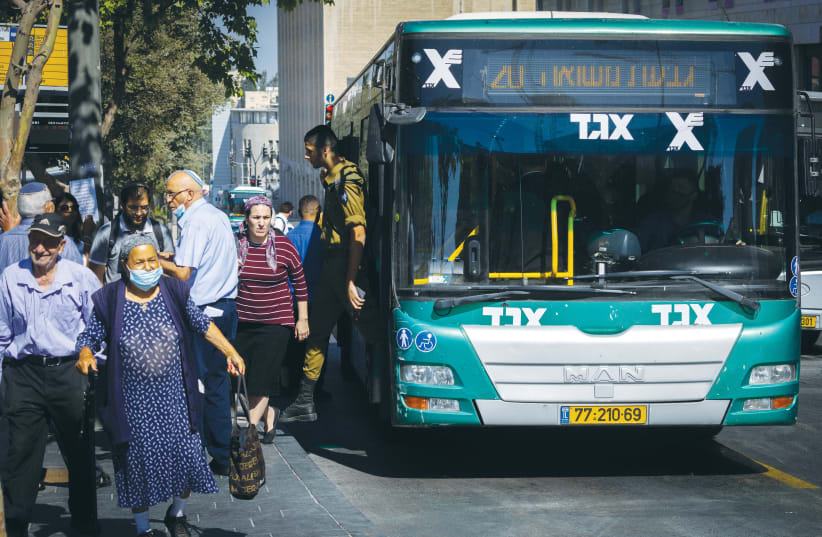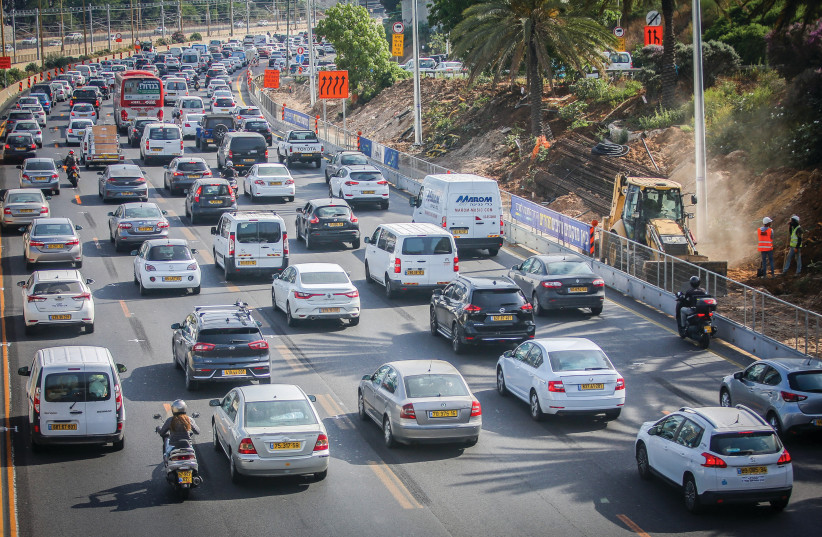Those of us over 60 grew up with the notion that the key to one’s freedom was to get your own car. So, we all waited for the day when we passed our driving test and actually owned our first automobile – probably our first great accomplishment!
But in those days, just like televisions, most people only had one car, so traffic was not the major headache that it has become today in most major cities. That is probably the reason why we are constantly being inundated with messages encouraging us to take public transportation as much as possible, as well as carpooling with others.
At least that was the thrust of Gil Laser’s article titled “Too many cars” (December 27), which emphasized the need for the general public to change their driving habits and consider alternatives: “owning our journeys, not vehicles,” is important, he says. His altruistic aspiration was, at least, met with a dose of reality in terms of the difficulties which still exist when trying to find ways to be less dependent on our cars.
Laser, for example, cites the fact that “buses do not run 24 hours a day, and it doesn’t save much time riding them. Trains are limited in capacity and routes.” He further states, “we invest huge amounts in new roads to accommodate the new cars, but those roads seem to fill up as soon as they are built.”
Laser encourages “shared transportation services,” but he fails to outline how that could be efficiently executed. While he refers to “European cities as having advanced technology which has helped to improve traffic significantly,” once again, he does not give any specifics.
So, those of us who read such articles, are left to wonder how something which may seem to be a worthy and practical plan, will ever get off the ground. It’s not enough to simply identify the problem and then throw out some abstract objectives. If we are ever to consider using our cars less, or not at all, which, in my opinion, is an unrealistic expectation, there must be a very detailed and well-thought-out plan which helps us to accomplish that goal.
For one thing, someone needs to come up with an application that allows us to view car-pool options that include days, hours, pick-up spots and cost, because someone is paying for the gas.
Another option should be made available through the WhatsApp groups of multiple dwellings. Obviously, ride-sharing will be more popular when one is able to hop in a car with someone who lives nearby. Accessing the planned journeys of friends and family, through their chat groups, can expand that search.
Then there is the option of public transportation such as buses and light rail. Although in recent times, individuals over the age of 75 are now able to ride for free, that should be lowered to 70, because even though people in that age group don’t generally work, they do drive to restaurants, theaters, malls and many other venues, which adds to the number of cars joining the endless stream of workers commuting back and forth to their offices each day.
Partially subsidized taxis
TAXIS COULD also be partially subsidized. As Laser suggests, relevant government ministries, such as Transportation, Finance and Interior could assist in getting more cars off the road through the allocation of funds. Such an option would be widely received by the Israeli public, especially by those whose destinations are not easily accessible. Who wouldn’t opt to pay a bit more than a bus or train ride if they could arrive in a hassle-free way?
Finally, someone from the Transportation Ministry should figure out a way to add new routes to the existing ones, because getting around our country, which is relatively small, should not be so difficult if one of the real motivations is cutting down on greenhouse gas emissions, as per Laser’s article.
After all, if we are being asked to drive less and, heaven forbid, even give up our cars, we should know that such a request is not being done in order to control our movement or travel choices. Until now, we have enjoyed freedom of movement without so much as a peep from those who claim to be interested in “saving the planet.”
Everyone should be convinced that utilizing other options will result in less stress, aggravation, wasted time, money spent and a better environment. Oddly enough, though, we don’t hear too much about those things. Consequently, some of us might be a bit suspect as to the true motives of being asked to drive less, especially since we already know the problems associated with using our own cars, but choose to drive anyway.
We get that we’re being asked to drive less. We even get that times have changed. More people have cars and it’s led to the unbearable mass of traffic with which we all confront daily, but for those who are pushing the change, give us information, practical solutions, applications, options and subsidies. Because, short of that, the emissions of wasted breath is leading us nowhere, and that’s never going to solve the problem of too many cars on the road, Mr. Laser!
The writer is a former Jerusalem elementary and middle-school principal and the author of Mistake-Proof Parenting, based on the time-tested wisdom found in the Book of Proverbs, available on Amazon.

